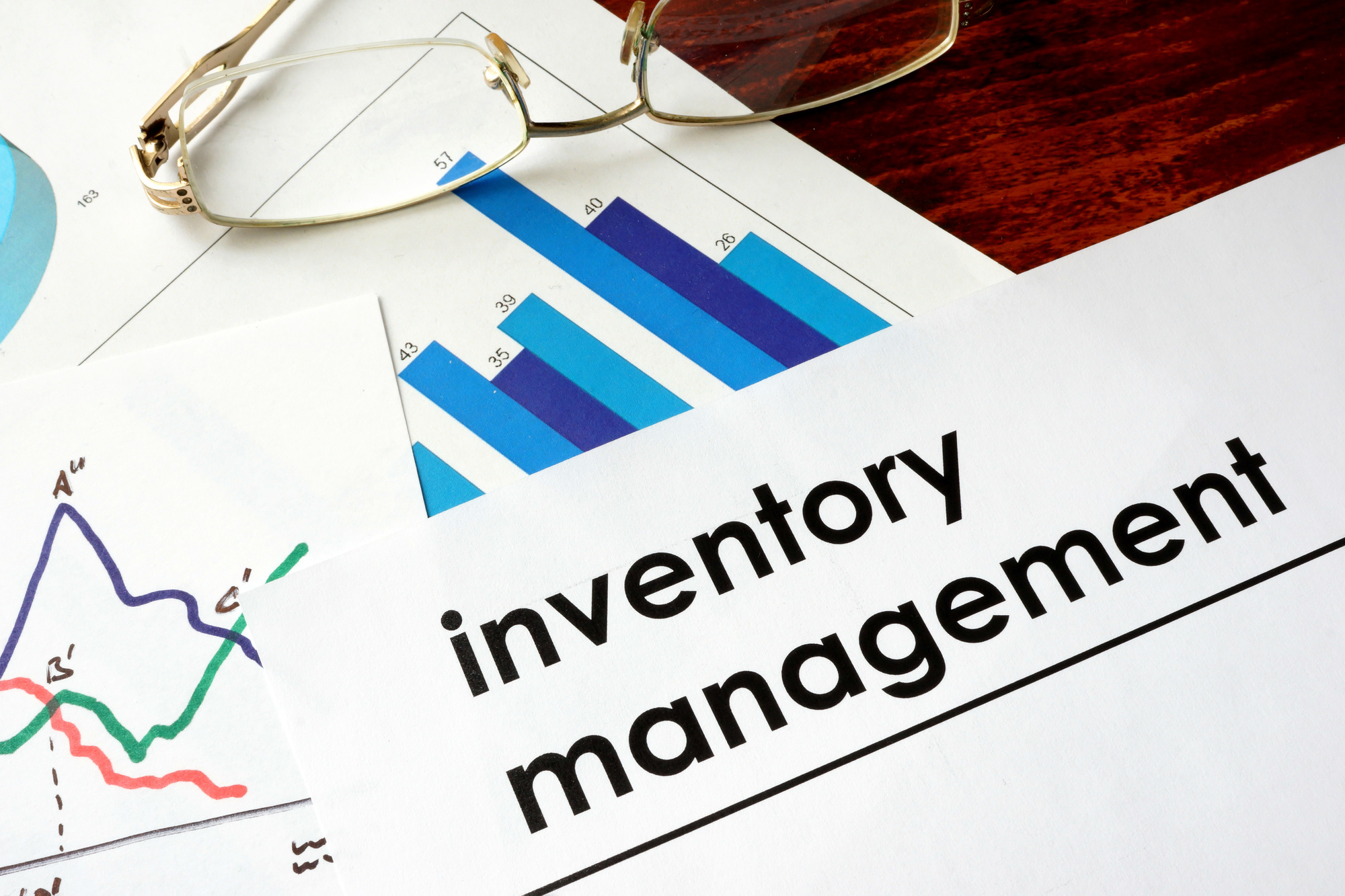8 Inventory Control Tips for Small Businesses
The supply chain is the most critical part of business operations, but some companies just don’t do it right. Believe it or not, 46% of businesses don’t track their inventory. What are you going to do when something goes wrong, and you have no idea where anything is or what you have?
Your business will fall into disrepair quickly without the right inventory control system. Use the eight tips below to handle inventory management in your company.
1. Forecast In-Demand Products
Knowing how much inventory you sell in the future is one of the most critical parts of inventory management. Without proper forecasting, you’re only making best guesses. You’ll likely end up with too many products and not enough demand to sell them.
That will use up too much inventory space. You’ll have inventory that doesn’t move and not enough space to store other products.
Forecasting your future demand will help you know how much inventory to buy. The correct forecast will help you stock enough of your products and meet all your customer demands.
2. Store Your Items in the Right Place
If you ship many products, you can’t afford to spend too much time traveling in the warehouse. Every second your team wastes on unnecessary travel is fewer packages getting picked and shipped.
Having an optimized warehouse layout is critical for minimizing shipping times. Keep your most shipped products near the front where they’re easy to access, and group commonly shipped items together in the same space.
The more you can minimize transit time for your warehouse employees, the more you can ship during the day.
3. Create a Standard Procedures
There are many ways to handle inventory and ship it. However, that doesn’t mean the way one person does things is an efficient way to work.
If you want to optimize your inventory system, you need standard procedures. Have your team document the way they work. Your goal is to get feedback from this information and look for the best way to handle things.
Once you find the best way to handle a task, put it on paper and train people to do things that way. Doing this will keep people on the same page and help you continue optimizing until you get even better results.
4. Keep Up With Suppliers
Even if your current suppliers do well today, that won’t always be the case. There may be times in the future when they get overwhelmed and slow down the delivery of your products.
That’s something you can’t afford if you need to be at a certain stock level all the time. Watch the performance of your supplier to see if there are any issues. If you notice delivery problems, reach out to your suppliers to see if there’s anything you can do to fix the problem.
You’ll need to look for secondary suppliers to pick up the slack if not.
5. Maintain Warehouse Equipment
You need great equipment to run an efficient warehouse. You need forklifts, conveyors, and countless other things. While those items may work well today, that may not be true tomorrow.
Luckily, you do have options that can help stop things from breaking. Things will wear down as time goes on, so it pays to get ahead of those problems.
You can do regular maintenance on your warehouse equipment to keep everything running. You won’t need to worry about things breaking and causing a significant slowdown in the warehouse.
6. Use Technology to Help
There’s no getting around issues managing business inventory when managing your warehouse. You have countless items to keep track of and no easy way to keep track of everything. Luckily, technology can help.
You can use inventory management software to track every item in your warehouse. When you get new inventory, you scan each item to add it to your count. You can do the same once something sells to remove it from your stock.
You can do this with a barcode scanner, RFID tags, and other things. Look into your options to see what fits with your inventory management style.
7. Perform Regular Audits
Even if you have an excellent system for tracking your inventory, it’s still possible to make mistakes. Whether it’s data entry or oversight, there will be times when your stock levels aren’t accurate.
If you don’t want to find this out at the wrong moment, you need to do regular stock audits. Set aside a regular time every so often to verify your inventory levels.
Doing this will help you verify your inventory count and ensure you don’t run out of stock during busy times.
8. Liquidate Poor Peformers
Do you have stock that you can’t move? Unfortunately, this is common in many product businesses. They end up with a warehouse full of products that are wasting space.
Don’t just sit on those products if you don’t see a chance of selling them. There are countless vendors that will buy liquidation lots. Use those vendors to sell unsold inventory.
Doing this gives you more space to stock your warehouse with better selling products. On top of that, you can start creating new product lines and use the now empty space to store new and exciting stuff.
Don’t Wait to Put an Inventory Control System in Place
Getting your products to your customers in a timely manner is one of the most critical parts of running a product company. If you don’t have a great inventory control system in place, you’ll end up with chaos and unsatisfied customers. Use the tips above to make managing inventory much easier.
Do you want more tips that will help you manage your product business? Learn more tips about running a company at the blog.
For more articles visit: Flashy Info







